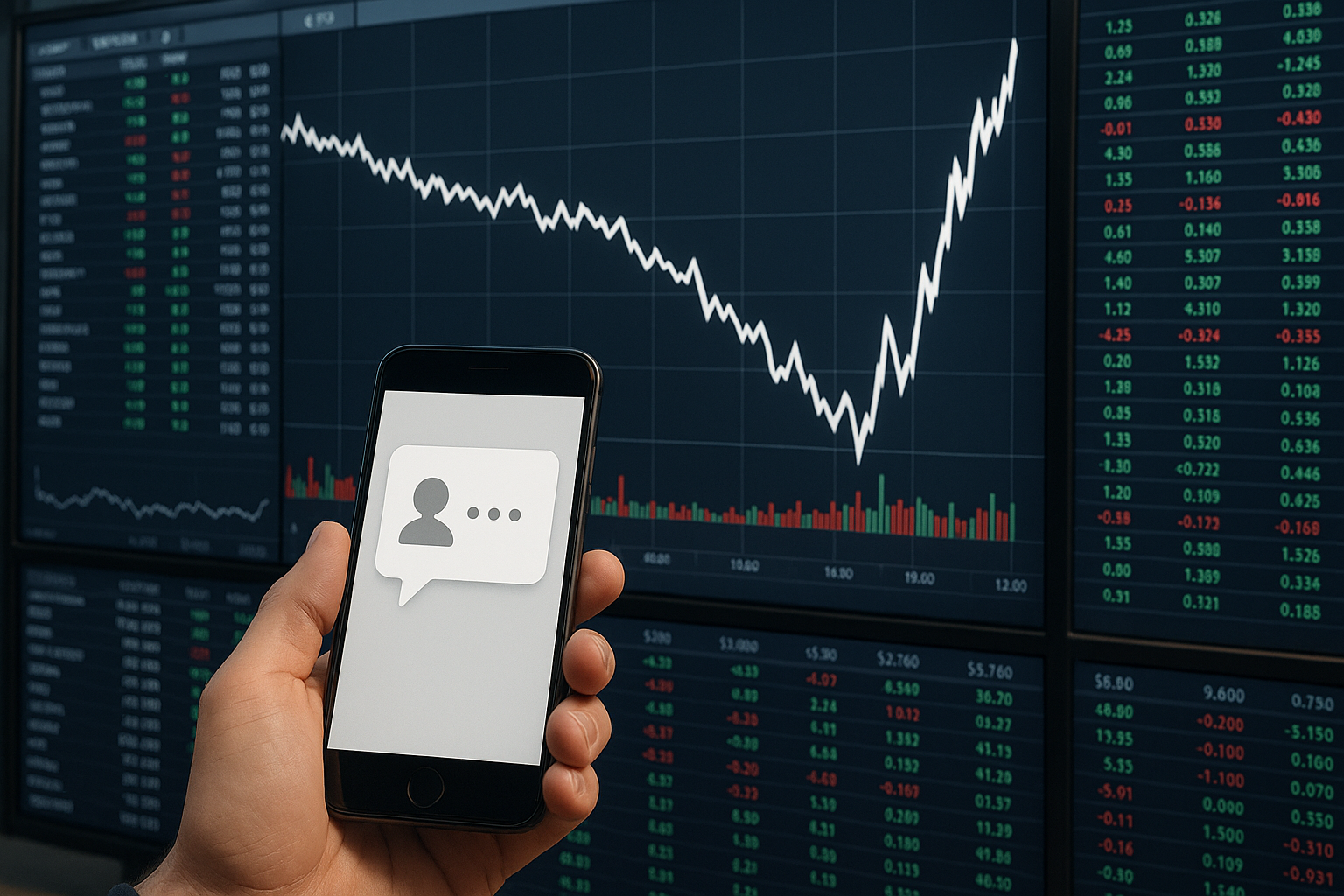Financial markets bounced back Sunday evening after former President Trump appeared to soften his stance on threatened Chinese tariffs, giving investors whiplash after Friday's massive selloff.
Futures contracts jumped across major indices—Dow up 0.7%, S&P 500 climbing 0.8%, and tech-heavy Nasdaq leading the recovery with a 1.1% gain. The rebound came after Trump posted a more conciliatory message about U.S.-China relations on his Truth Social platform, suggesting the relationship "will all be fine."
Look, this is basically economic policy by mood swing. On Friday, Trump threatens crushing 100% tariffs on Chinese imports starting November 1st, sending markets into a $2 trillion tailspin. By Sunday night? He's making nice. And the market—that nervous, twitchy creature—responds accordingly.
I've covered market reactions to political statements since 2016, and there's a predictable pattern here. Threat, panic, backtrack, relief. Rinse and repeat.
What makes this particularly striking is the scale of Friday's reaction. Two trillion dollars. Gone. Poof. That's roughly the size of Italy's entire economy, vaporized in a single trading session based on a statement that might never become policy.
"The market isn't just trading on economic fundamentals anymore," explains veteran market strategist Samantha Winters, who I spoke with early Monday. "It's trading on presidential psychology—trying to gauge how serious these threats are and how long they'll last."
The thing is (and this is something most analysts won't say publicly), markets hate uncertainty more than they hate bad policy. A predictable bad policy? Traders can work with that. But policy-by-social-media-post? That's the financial equivalent of trying to drive with a blindfold.
The whipsaw effect creates what some traders have started calling a "tantrum premium" in asset prices.
Wait—let me back up a second. The broader context here matters. U.S.-China trade tensions didn't start with Trump and won't end with him either. There are legitimate concerns about trade imbalances, intellectual property theft, and strategic competition that will persist regardless of who's in office.
But the method of communication? That's what's giving Wall Street heartburn.
Most economists I've talked to think these particular tariff threats are negotiating tactics rather than settled policy positions. Yet that doesn't make them cost-free. Every market panic has real consequences—retirement accounts shrink, corporate investment decisions get delayed, consumer confidence takes a hit.
"We're essentially becoming presidential mood forecasters," one hedge fund manager told me (requesting anonymity because, well, who wants to publicly criticize a potential future president?). "It's not exactly what I went to business school for."
Some traders have developed coping mechanisms. Many now maintain "Trump tweet scenario" risk models—oops, Truth Social scenario models now—to estimate market impact from various presidential pronouncements.
Is this any way to run an economy? Probably not.
But here we are—watching futures contracts swing based on social media posts while pretending this is normal market function. (It isn't.)
The underlying economic tensions with China remain unresolved, of course. Sunday's market relief doesn't fix anything fundamental—it just temporarily soothes investor nerves until the next dramatic policy announcement sends everyone scrambling again.
For now, investors can breathe a little easier... at least until the next post.
